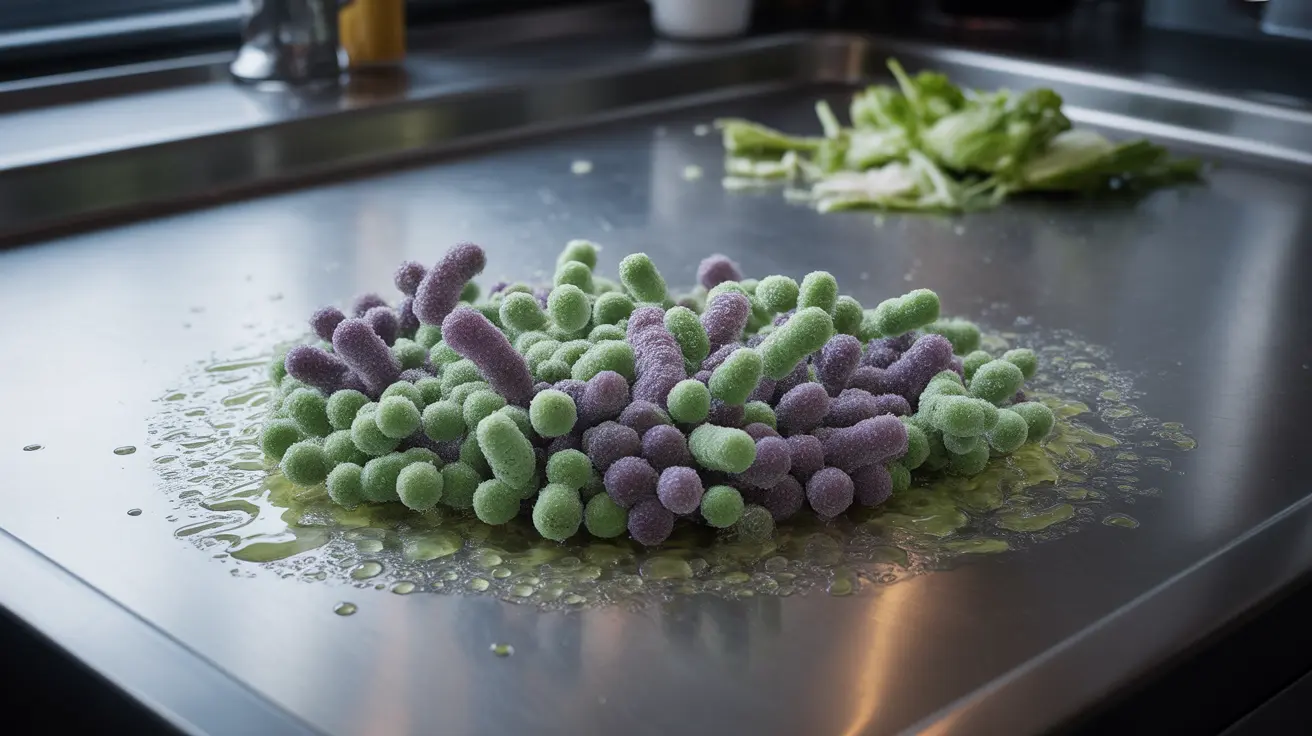Bacterial contamination in food is a critical food safety concern that affects millions of people worldwide each year. Understanding how bacteria grow, spread, and contaminate our food is essential for preventing foodborne illness and maintaining proper food safety practices in both home and commercial kitchens.
This comprehensive guide explores the conditions that promote bacterial growth, essential prevention strategies, and crucial temperature controls that help keep your food safe for consumption.
The Danger Zone: Understanding Bacterial Growth Conditions
Bacteria thrive in specific conditions, often referred to as the "danger zone." These microorganisms multiply rapidly when several key factors align:
- Temperature: Between 40°F and 140°F (4°C to 60°C)
- Moisture: High water content in foods
- Time: Extended exposure to favorable conditions
- Nutrients: Protein-rich foods particularly
- pH levels: Neutral environments
When these conditions are present, bacteria can double in population every 20 minutes, making proper food handling crucial for safety.
Critical Food Storage Temperatures
Maintaining proper temperature control is one of the most effective ways to prevent bacterial contamination:
- Cold storage: Below 40°F (4°C)
- Hot holding: Above 140°F (60°C)
- Freezing: 0°F (-18°C) or below
- Cooking temperatures: Vary by food type
Regular temperature monitoring and proper thermometer use are essential practices in maintaining food safety.
High-Risk Foods for Bacterial Contamination
Certain foods are particularly susceptible to bacterial growth:
- Raw or undercooked meat and poultry
- Seafood and shellfish
- Dairy products
- Eggs and egg-based dishes
- Cooked rice and pasta
- Cut fruits and vegetables
- Ready-to-eat deli meats
Essential Cross-Contamination Prevention Strategies
Preventing cross-contamination requires vigilant food handling practices:
- Use separate cutting boards for raw meat and produce
- Wash hands thoroughly between handling different foods
- Clean and sanitize kitchen surfaces regularly
- Store raw meat on lower refrigerator shelves
- Use different utensils for raw and cooked foods
- Maintain proper personal hygiene while cooking
Time and Temperature Control
The "2-Hour Rule" is a crucial guideline in food safety: perishable foods should not remain in the danger zone for more than 2 hours (1 hour if the ambient temperature is above 90°F/32°C). This time limit helps prevent dangerous bacterial growth that could lead to foodborne illness.
Frequently Asked Questions
What conditions cause bacterial contamination to grow rapidly in food?
Bacterial contamination grows rapidly when food is kept between 40°F and 140°F (4°C to 60°C), has adequate moisture, and contains sufficient nutrients. High-protein foods in particular provide ideal conditions for bacterial growth when left at room temperature.
How can I prevent cross-contamination of bacteria when preparing meals?
Prevent cross-contamination by using separate cutting boards and utensils for raw meat and other foods, washing hands frequently, cleaning surfaces thoroughly, and storing raw meat below ready-to-eat foods in the refrigerator.
What is the safe temperature range to store food and avoid bacterial growth?
Keep cold foods at or below 40°F (4°C) and hot foods at or above 140°F (60°C). The range between these temperatures is known as the "danger zone" where bacteria multiply rapidly.
How long can perishable food safely stay at room temperature before bacteria multiply?
Perishable food should not be left at room temperature for more than 2 hours. If the ambient temperature is above 90°F (32°C), this time reduces to 1 hour.
What are the most common foods that pose a high risk of bacterial contamination?
High-risk foods include raw or undercooked meat and poultry, seafood, dairy products, eggs, cooked rice and pasta, and cut fruits and vegetables. These foods provide ideal conditions for bacterial growth and require careful handling and storage.




